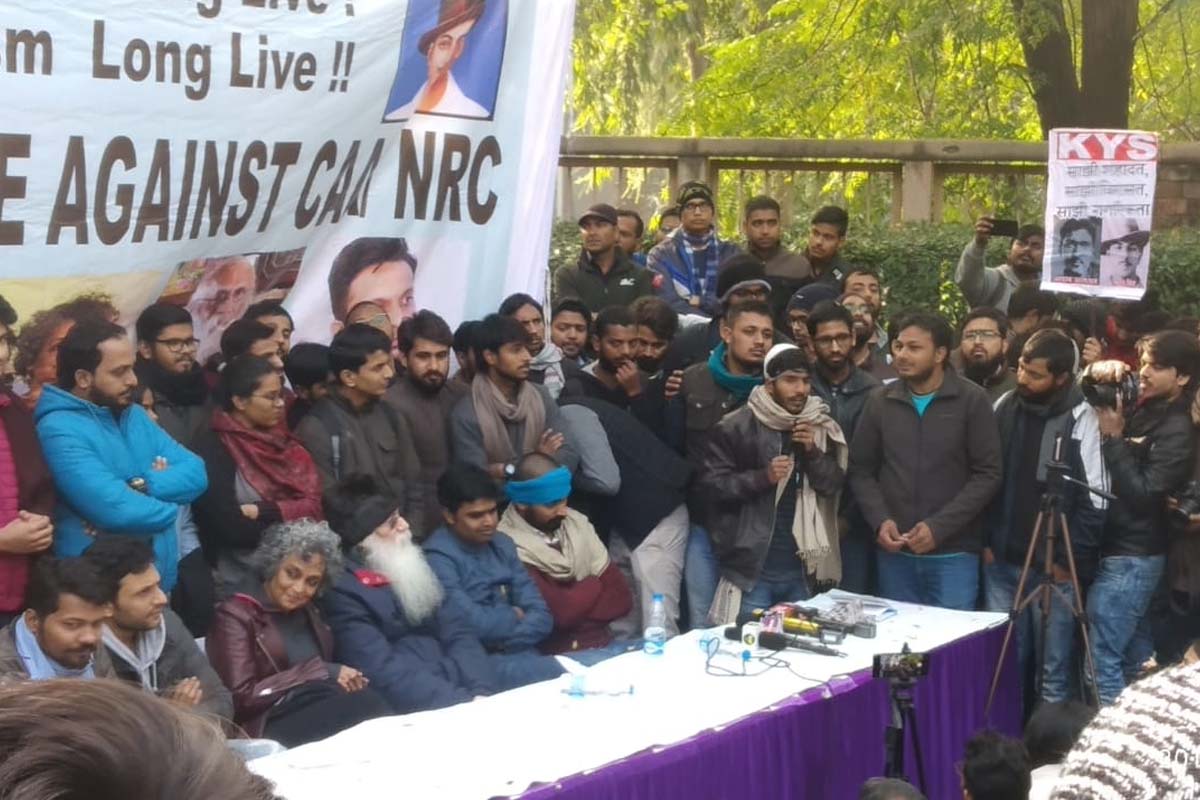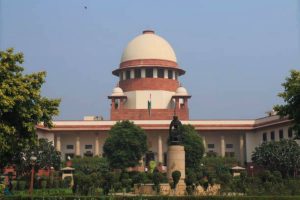India was in a sense embedded in Mahatma Gandhi’s satyagraha, a form of protest that necessitates resistance (as opposed to passivity), truth and non-violence. The implied morality underlying the construct of ‘polite insistence’ or ‘holding firmly’ to the concept was to influence the likes of Martin Luther King Jr, Aung San Suu Kyi, James Bevel, Nelson Mandela etc. Within India, there were the social reformers, pre-eminently Vinoba Bhave, Baba Amte, Ela Bhatt, Anna Hazare and the like.
Without exception, each one of them had spoken the truth politely but fearlessly to the powers- that-be, and each one of them was greeted with blunt resistance for ‘fomenting dissent’ by the state. Yet all of them had lent credence to Margaret Mead’s immortal words, ‘Never doubt that a small group of thoughtful, concerned citizens can change the world. Indeed, it’s the only thing that ever has’. As a moral-state with such foundational history with profound implications, India has enshrined the right to peaceful protest as a Constitutional right.

The Supreme Court has consistently upheld the democratic right to express resentment against the actions of a government. To protest peacefully is an integral part of mandated free speech and the right to assemble. Simple calculation of the societal contribution in the making of modern India by such Gandhians who protested at various stages of Indian history is, incalculable and invaluable. It is equally true that the undisciplined energy and scale that accompanies a typical protest rally in the Indian context is often susceptible to going outof- control on its own, or falling prey to external elements and involvement, thus affording the state a convenient window to cast aspersions of insincerity, or as is the recent trend, to cal the agitation ‘anti-national’.
Protesting in such times is tricky, and with a media that is already predisposed in its views, the ability to communicate with a wider audience and create the necessary impact and narrative, is almost invariably challenged. Contrary to popular belief, in democracies the persuasive power of a morally-restrained congregation is far more worrisome for a ruling government than an out-of-control and riotous gathering that soon loses public support and backing for lacking righteousness and credibility.
In 2018, the congregation of over 35,000 farmers in Maharashtra, covering 180 km in six days by marching overnight so as to not inconvenience the people, was by and large backed by the rest of the country because of their conduct. The ‘Kissan Long March’ had remained politically- unappropriated by its unpartisan behaviour and the sensitivity and concern shown by poor farmers in not disrupting the functioning of normal life in a metropolis like Mumbai. This readily won them considerable sympathy. However, on occasion the state acknowledges and reacts to a protest only when the agitprop inconveniences the government by aggressively asserting itself ~ as suggested by the fate of forgotten war heroes who have been removed from Jantar Mantar and who conduct their One Rank One Pension protest in a disciplined manner, unsung and unrecognized, by an ungrateful nation.
Recent protests across the country against CAA and NRC seem to have learnt lessons from earlier protests. There has been no spin doctoring with ‘antinational’ attributions or some other limited contextual framework. While the epicenter was the Jamia Milia University, the sudden escalation of the same from IITs, IIMs to BHUs has lent a certain canvas of diversity to the protest. This has precluded the immediate contexualising to only a religious faith. The optics of a Gandhian, Ramachandra Guha, being pushed around while holding photographs of Mahatma Gandhi and Ambedkar and speaking on the Constitution of India to students, added to the poignancy of the moment.
Students from varied societal backgrounds and educational institutions were seen repeatedly invoking the Constitution, Gandhi, Ambedkar, the Tricolour, patriotic songs and slogans to avoid the latching of an inappropriate slogan, action or incitement to violence. Yet, violence did happen and lives were lost and property damaged in some parts of the country, and this is a huge disservice to the cause of protest. The onus is on the perpetuators and instigators of the violence, be it from amongst the protestors themselves, or external elements or even if the same is on account of the high-handedness of the law enforcers.
The tragedy of India is that the ‘monopoly on truth’ is usually one-sided and facts are rarely revealed. Clearly, nothing justifies attacks on policemen, and reciprocally, misusing legitimised power to intimidate peaceful protestors. India and Mahatma Gandhi in particular were in the forefront of conceptualising ‘moral aggression’ as opposed to violence. Spiritual leaders like Dalai Lama, scientists like Albert Einstein to innovators like Steve Job predicated their own renditions of the ‘Think Different’ philosophy on the peaceful persuasiveness of a Gandhi.
On its part, the state must show the magnanimity, civility and courage to hear out contrarian views, as slamming all uncomfortable perspectives as ‘anti-national’ is convenient and betrays absolute fear of the truth. In the United States, the ‘freedom for the thought that we hate’ is protected by the fundamental rights of conscience captured in the First Amendment to the Constitution, that insists that the way to oppose thoughts with which the state disagrees is not by banning, but by allowing it to compete in the ‘marketplace of ideas’.
While no right to protest in itself can ever be unlimited in form, conduct or expression, yet the Indian Constitution has a large-hearted space and spirit to accommodate divergent perspectives, if practised in letter and spirit. The subject of ‘limits’ in a protest is unscientifically defined across countries and everybody answers the same as per their respective conscience, though the interpretation has steadily diminished in most democracies with the culture of toxic intolerance, hyper-nationalism and polarisation. It is always preferable to be a patriot rather than a nationalist as the former assumes the criticality of correction, protection and evolution as opposed to superiority, hatred (for the ‘other’) or aggression that defines nationalism. A patriot frequently dissents and protests to defend his country and the Constitution.
(The writer IS Lt Gen PVSM, AVSM (Retd), Former Lt Governor of Andaman & Nicobar Islands & Puducherry)











